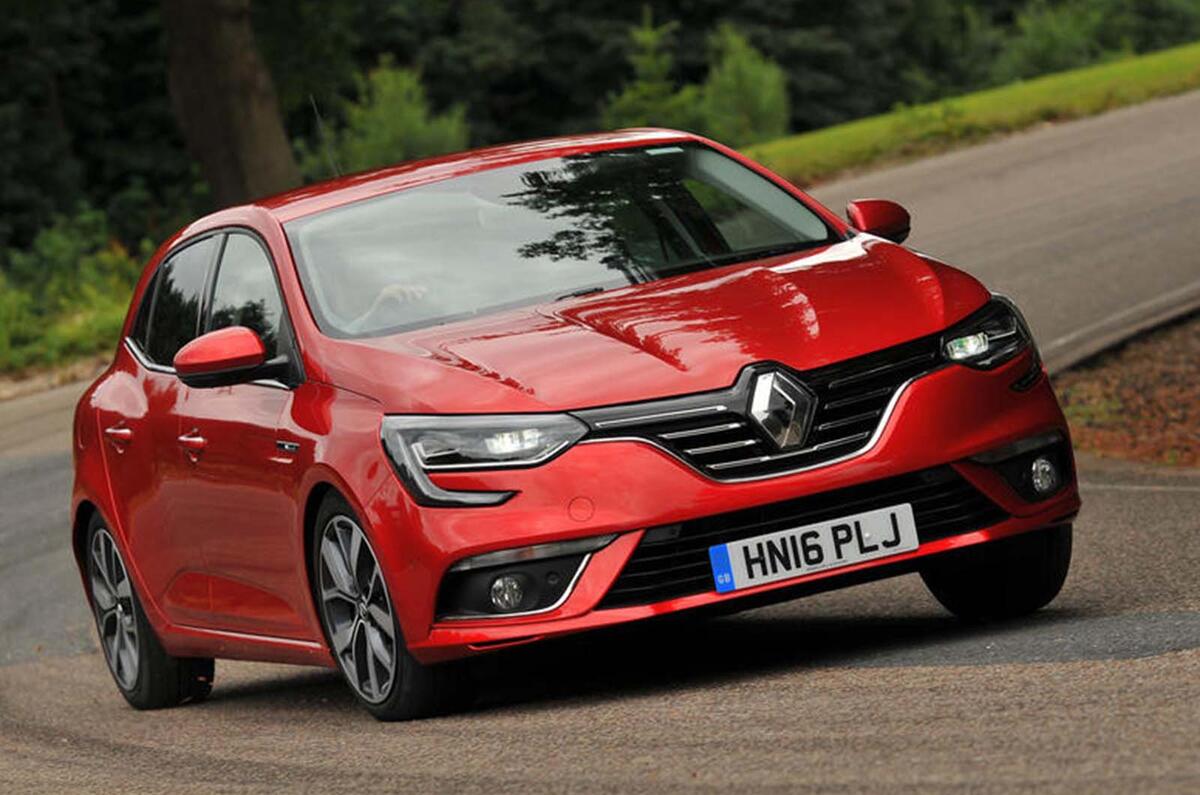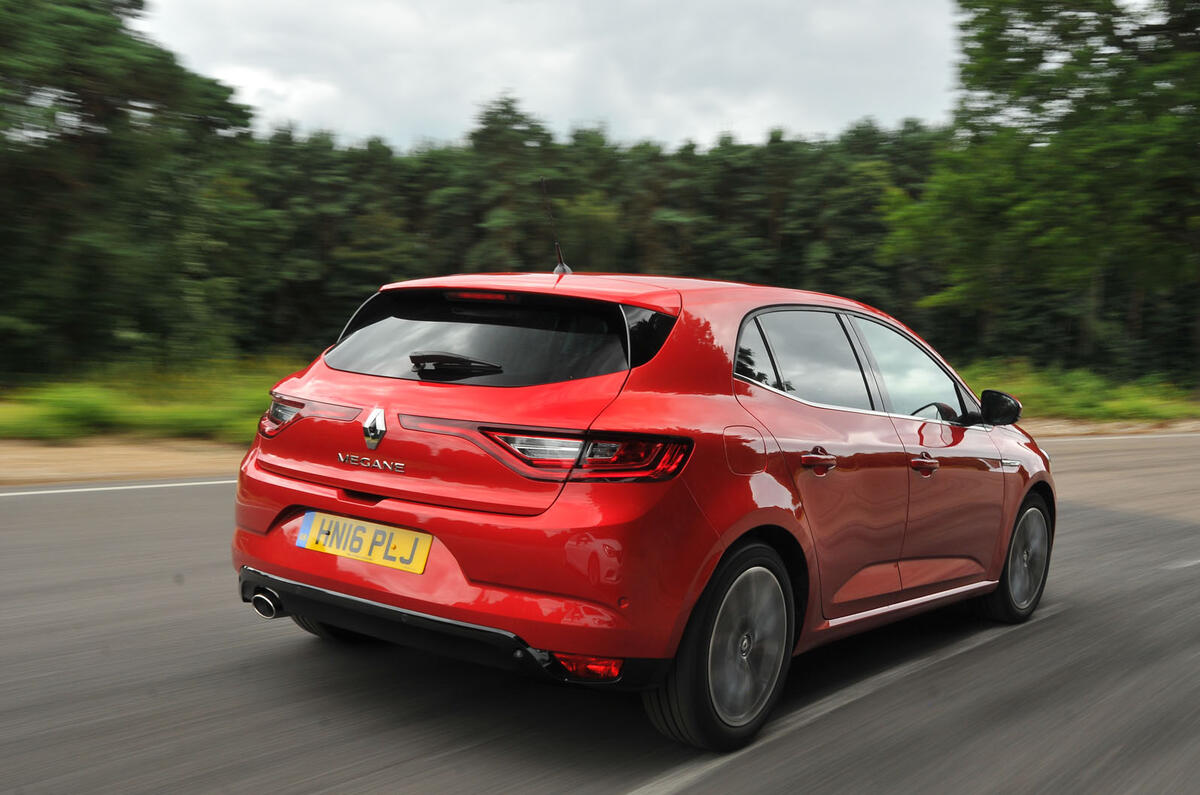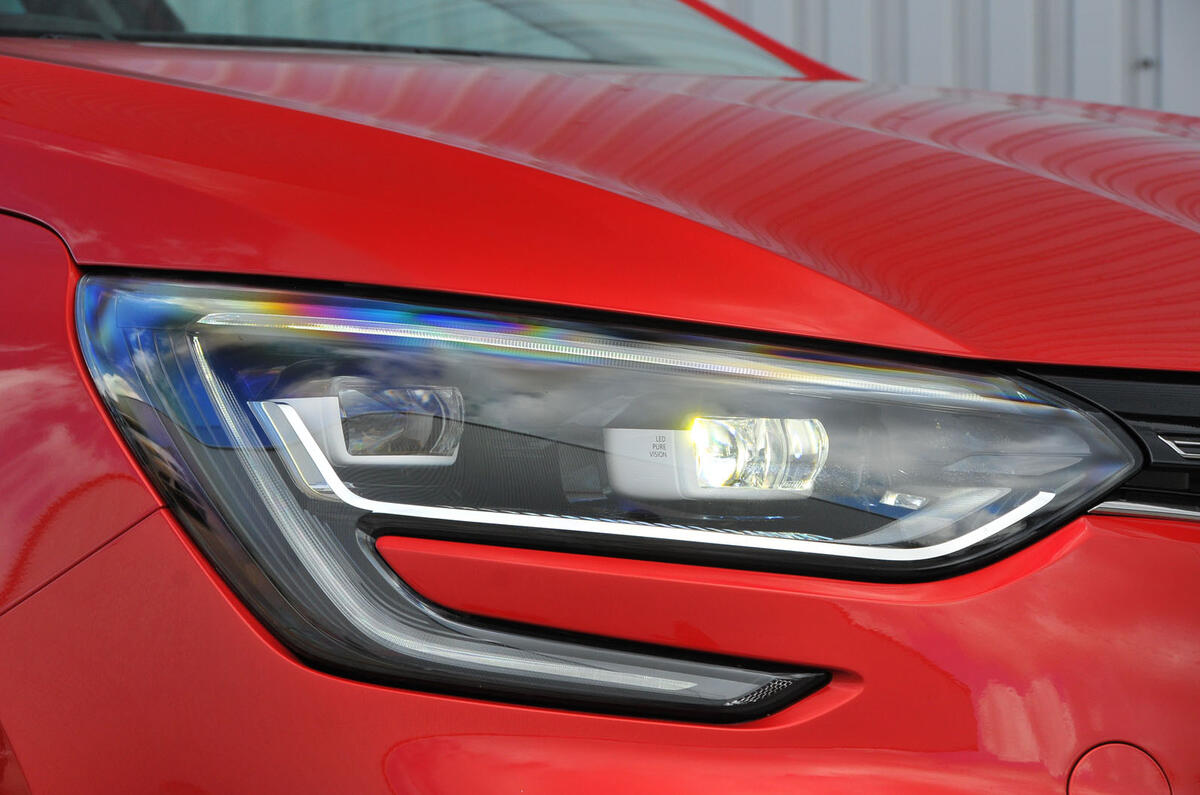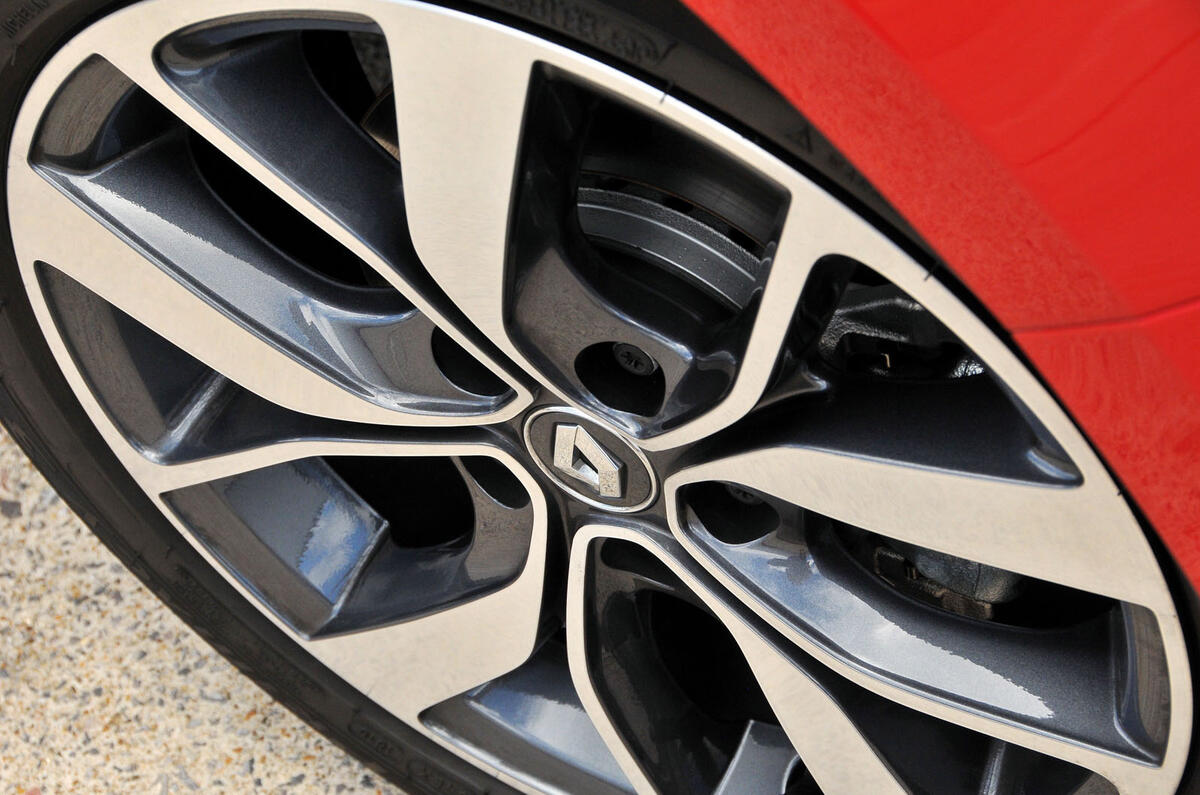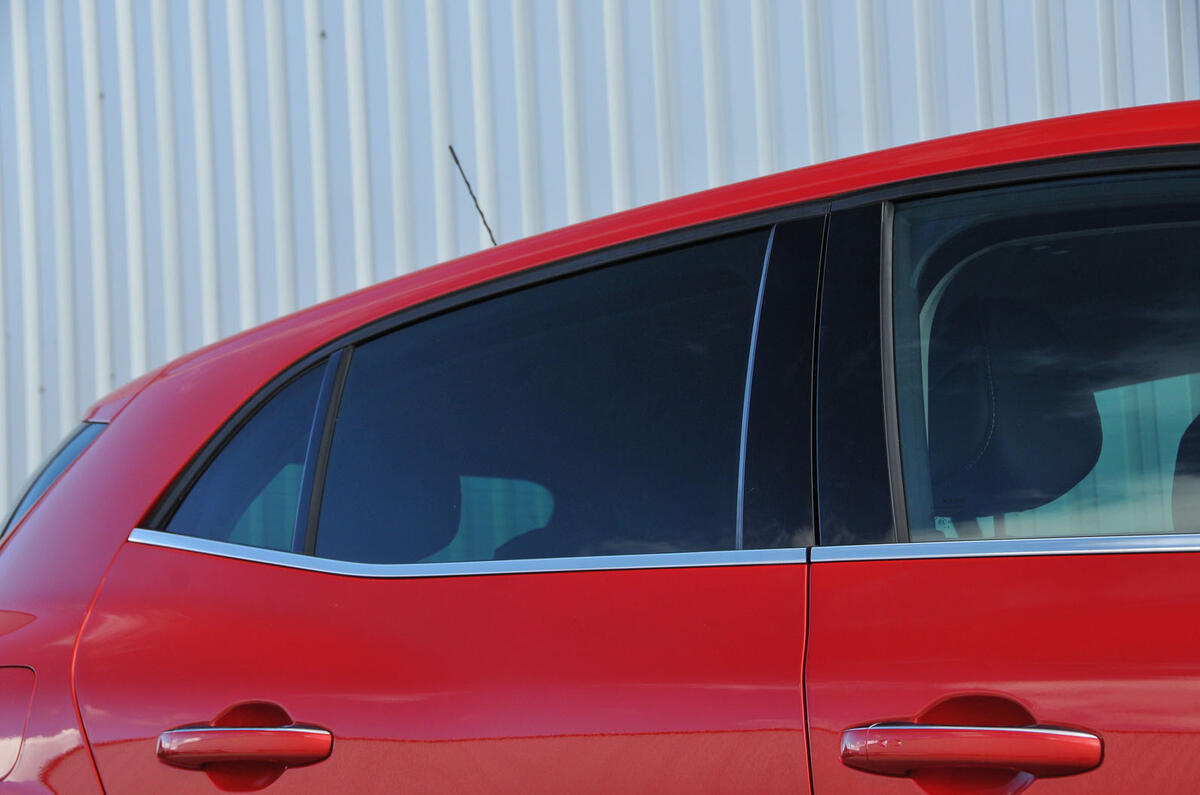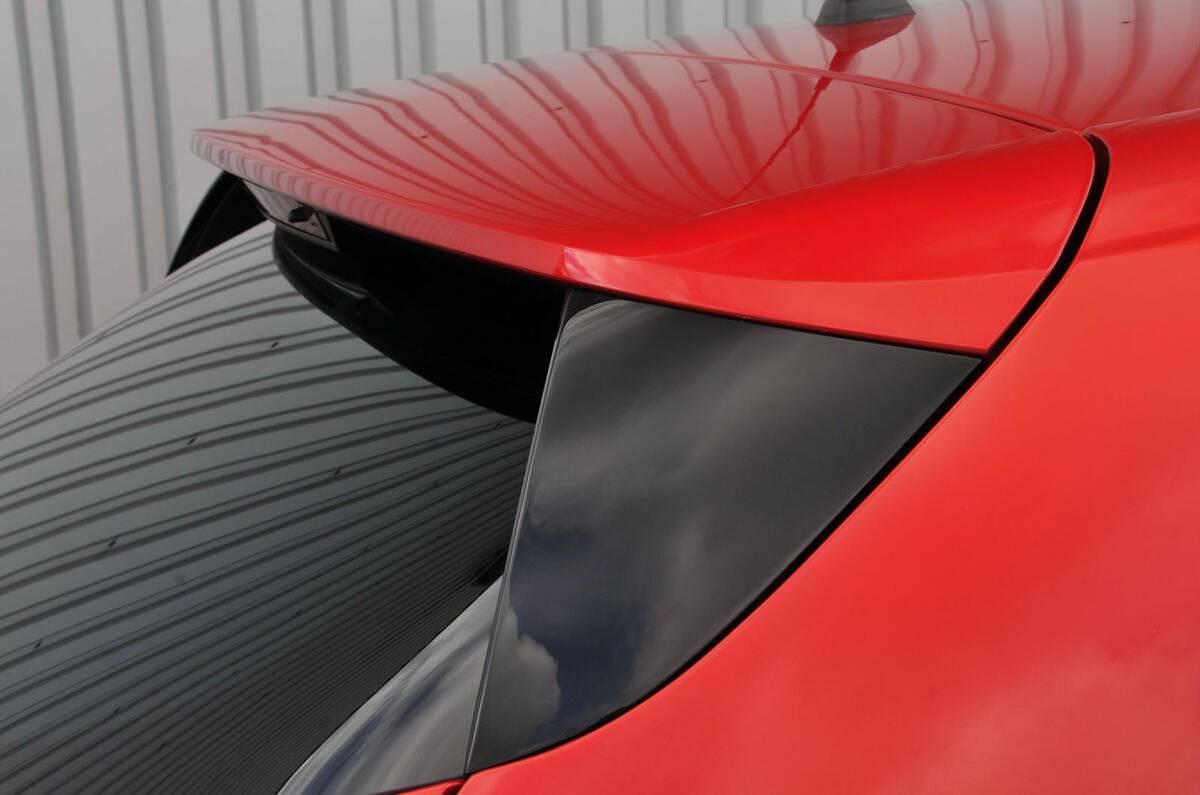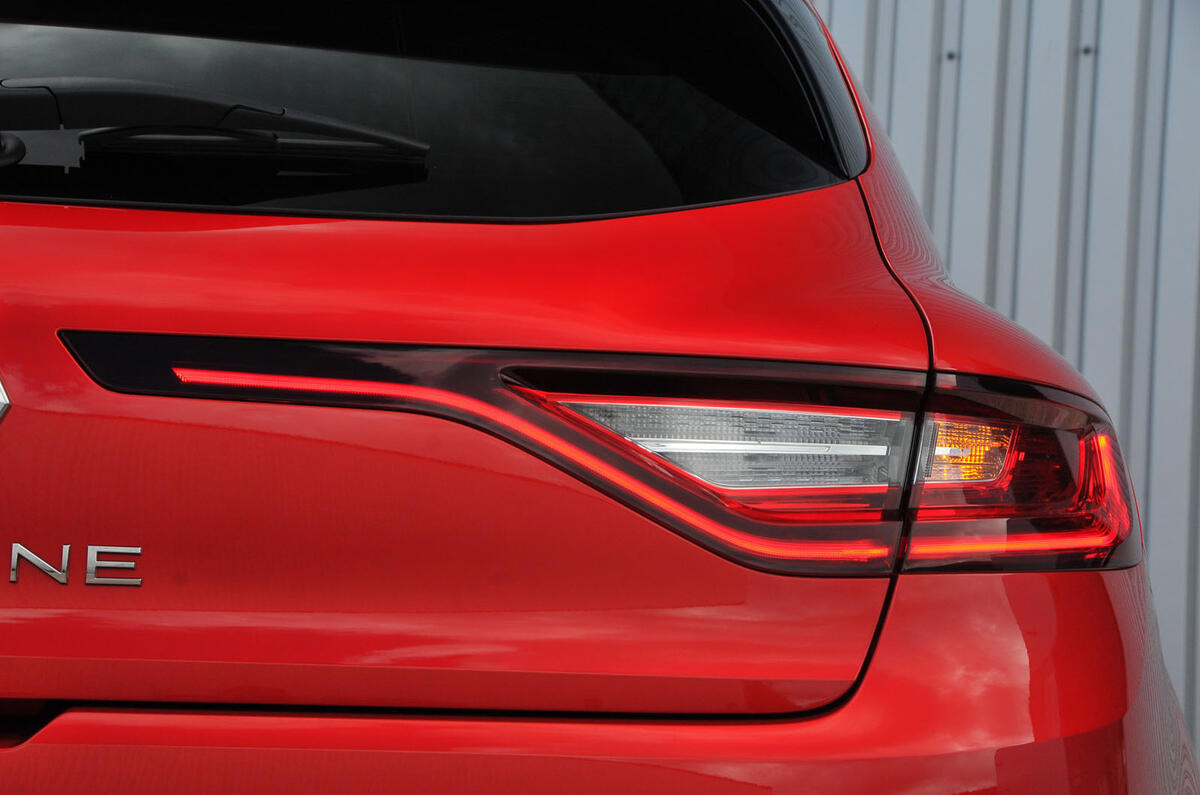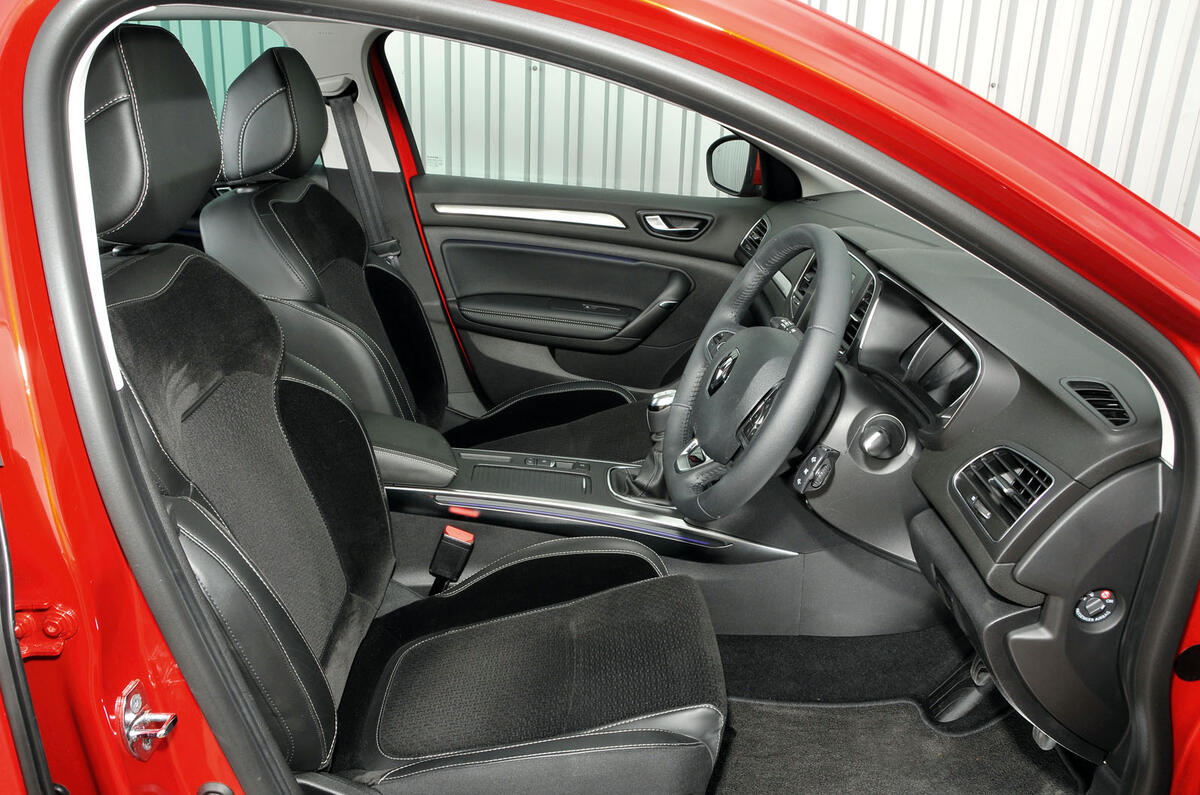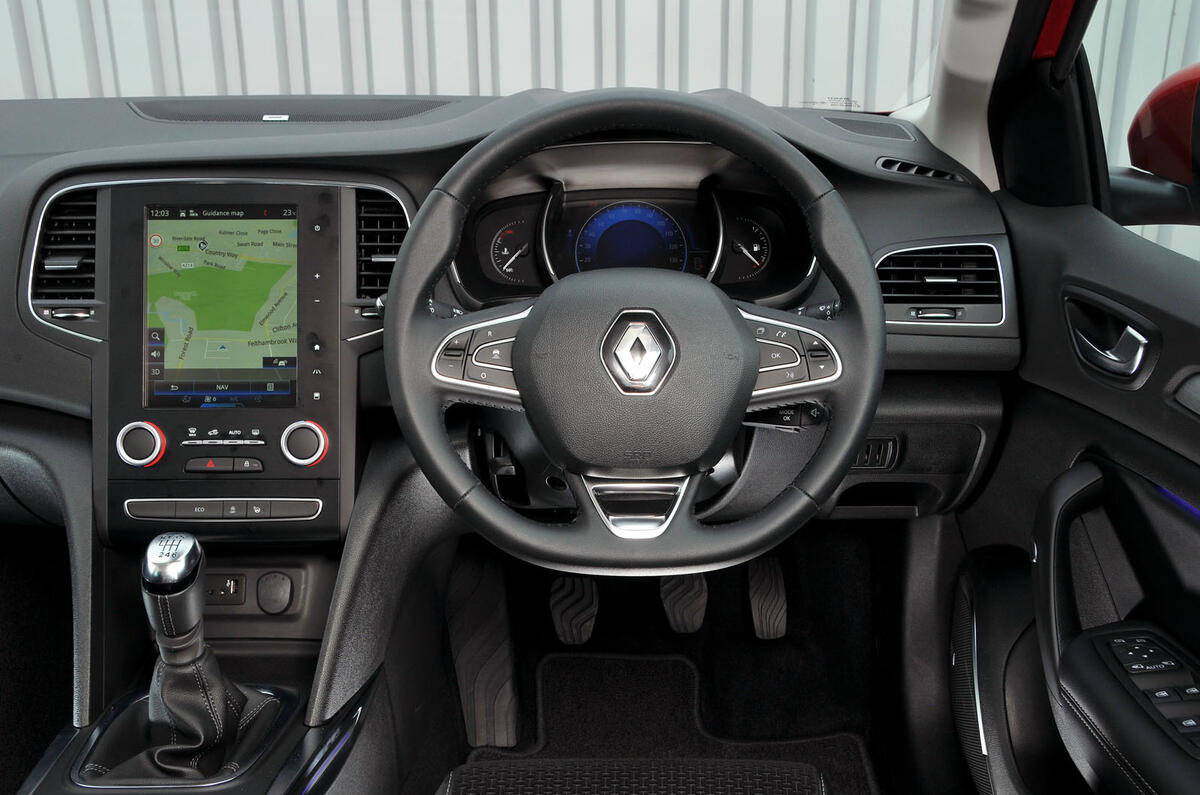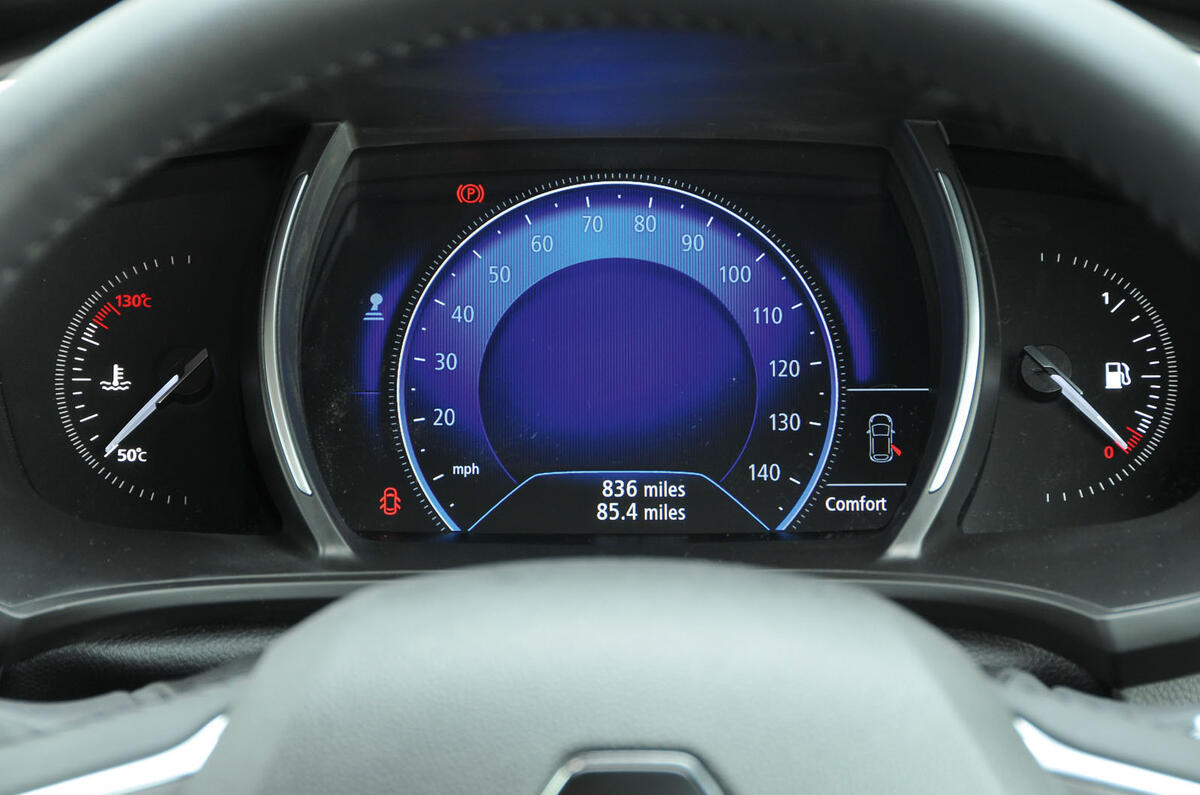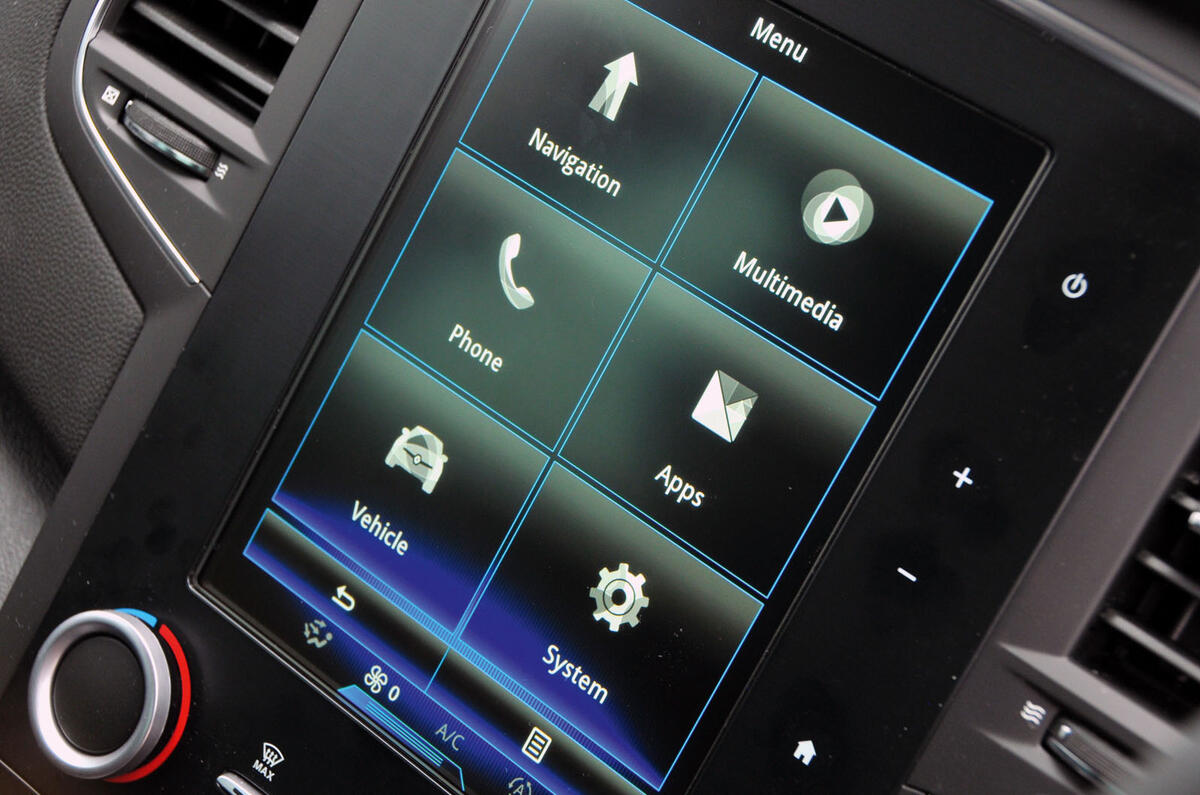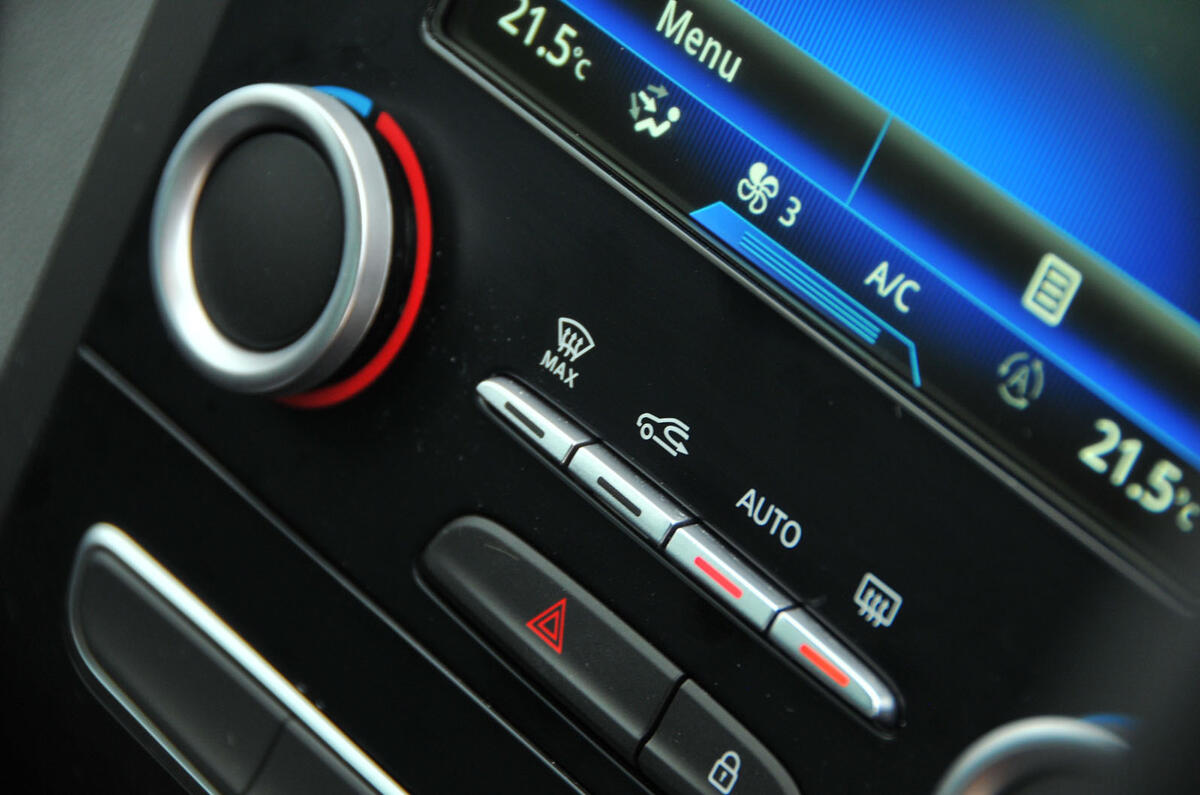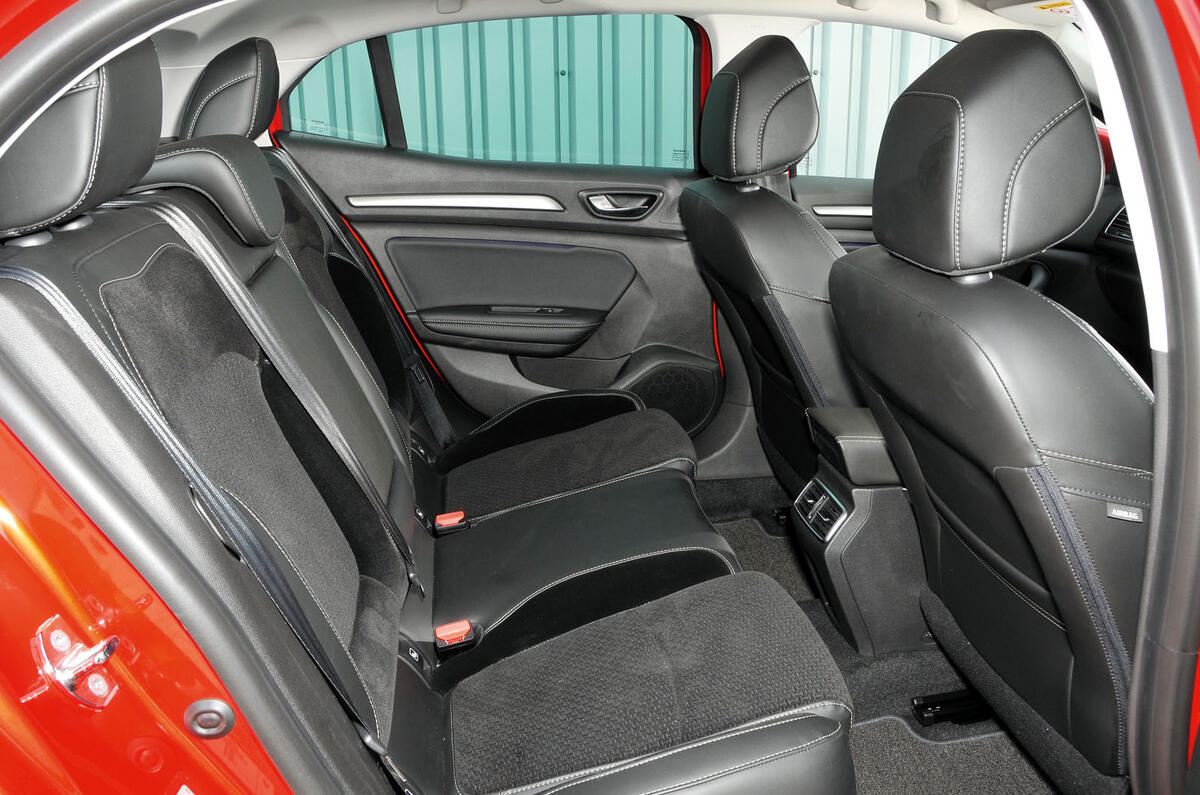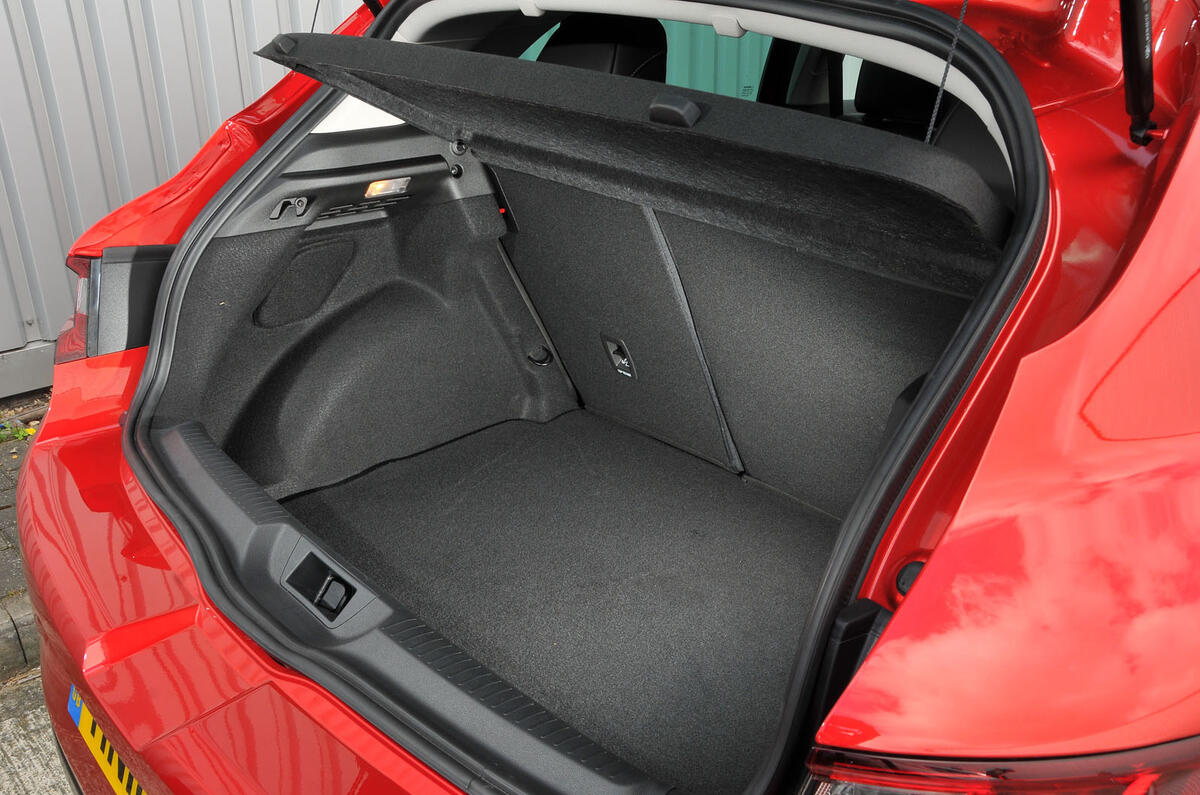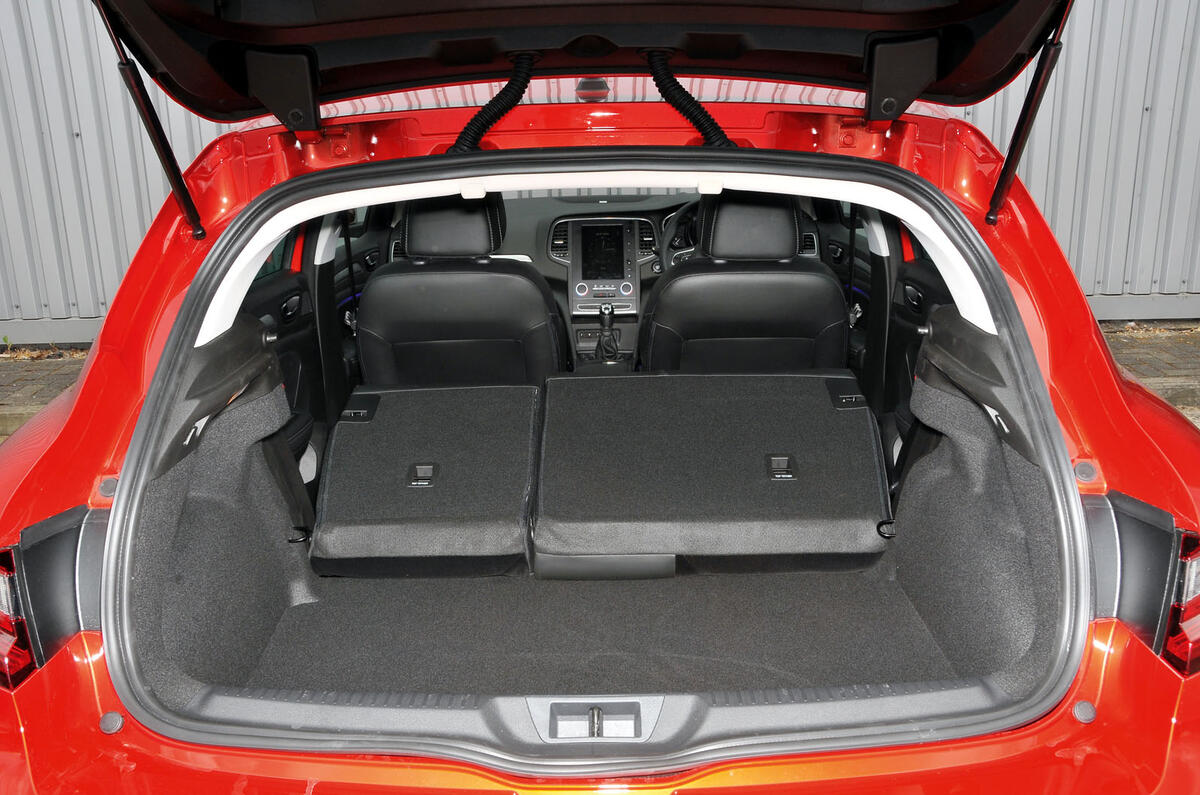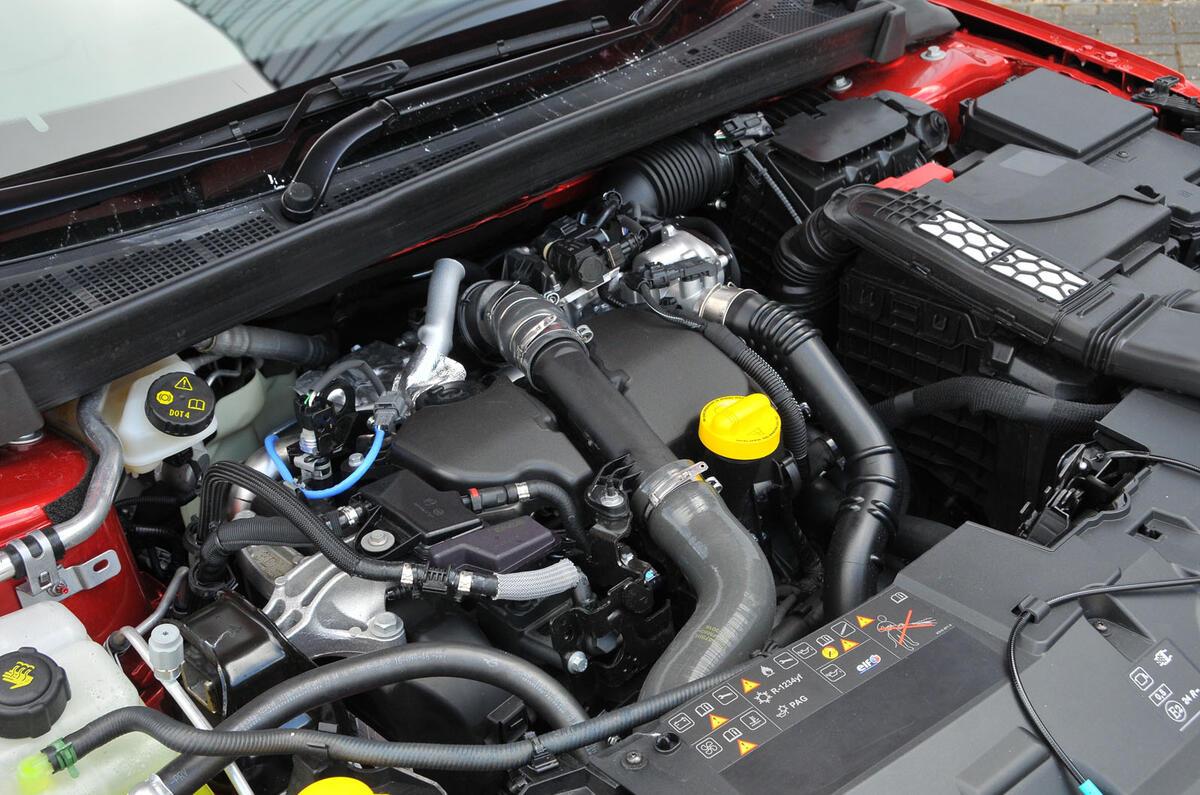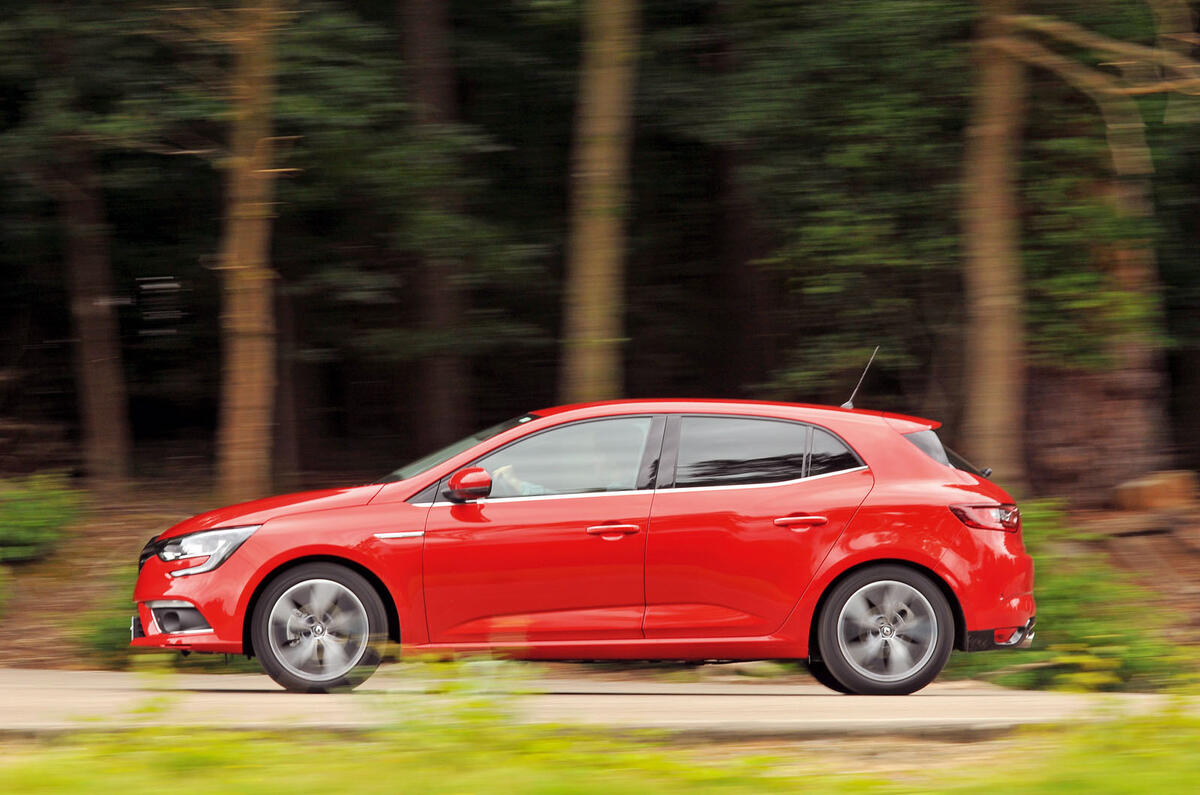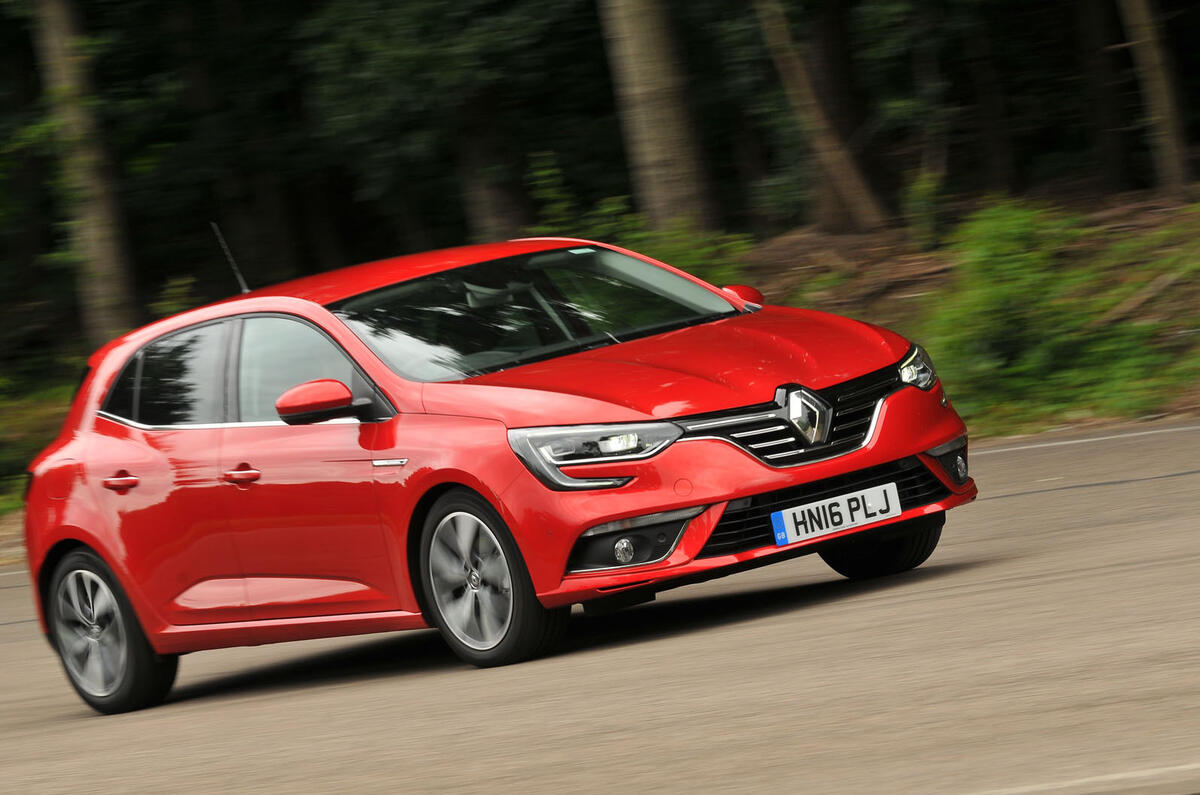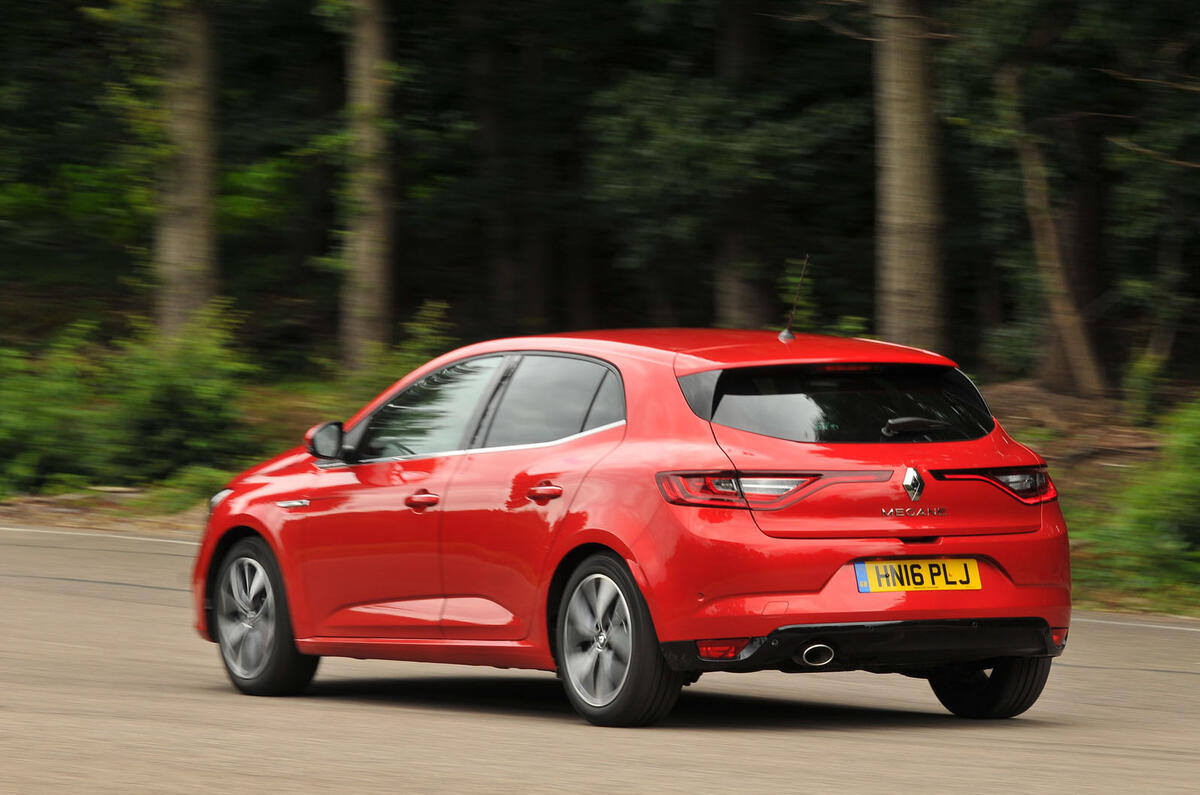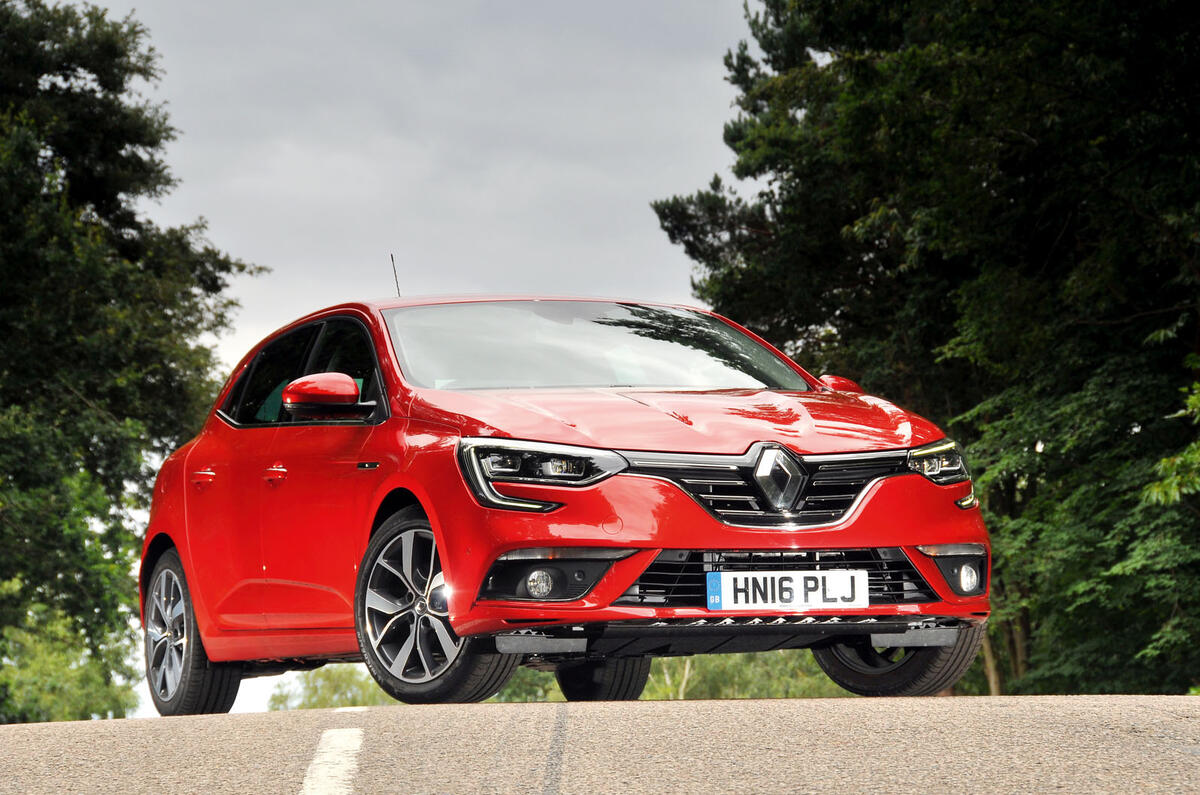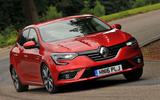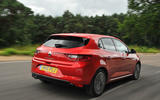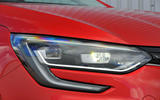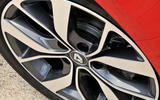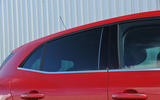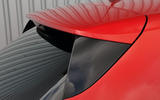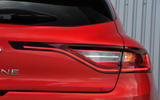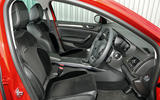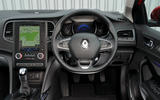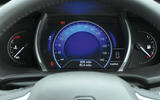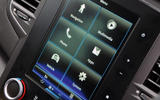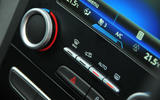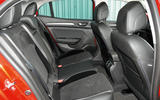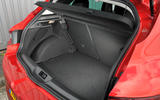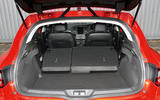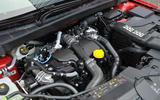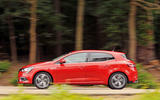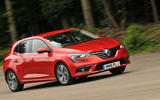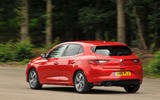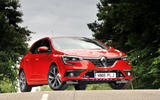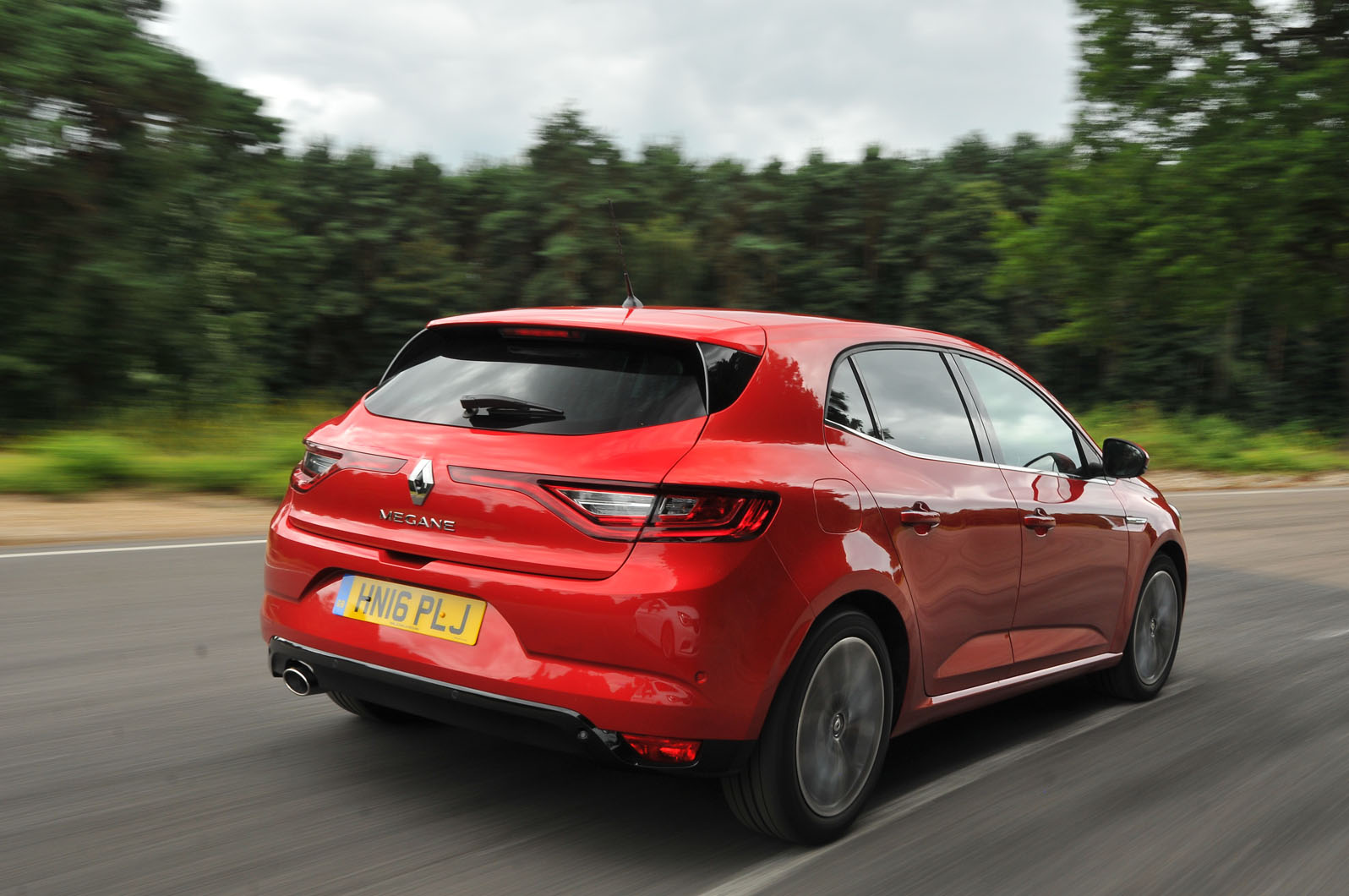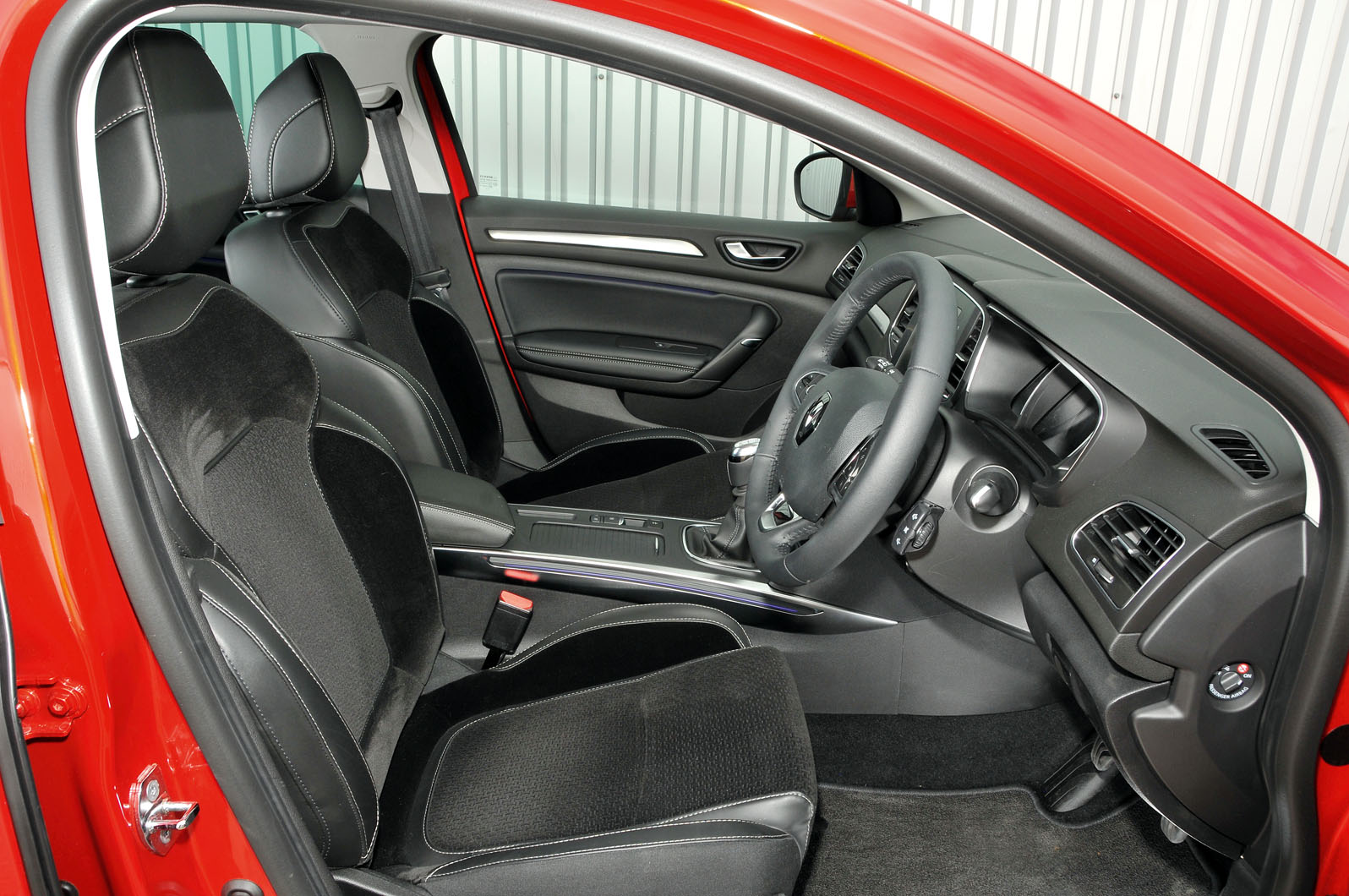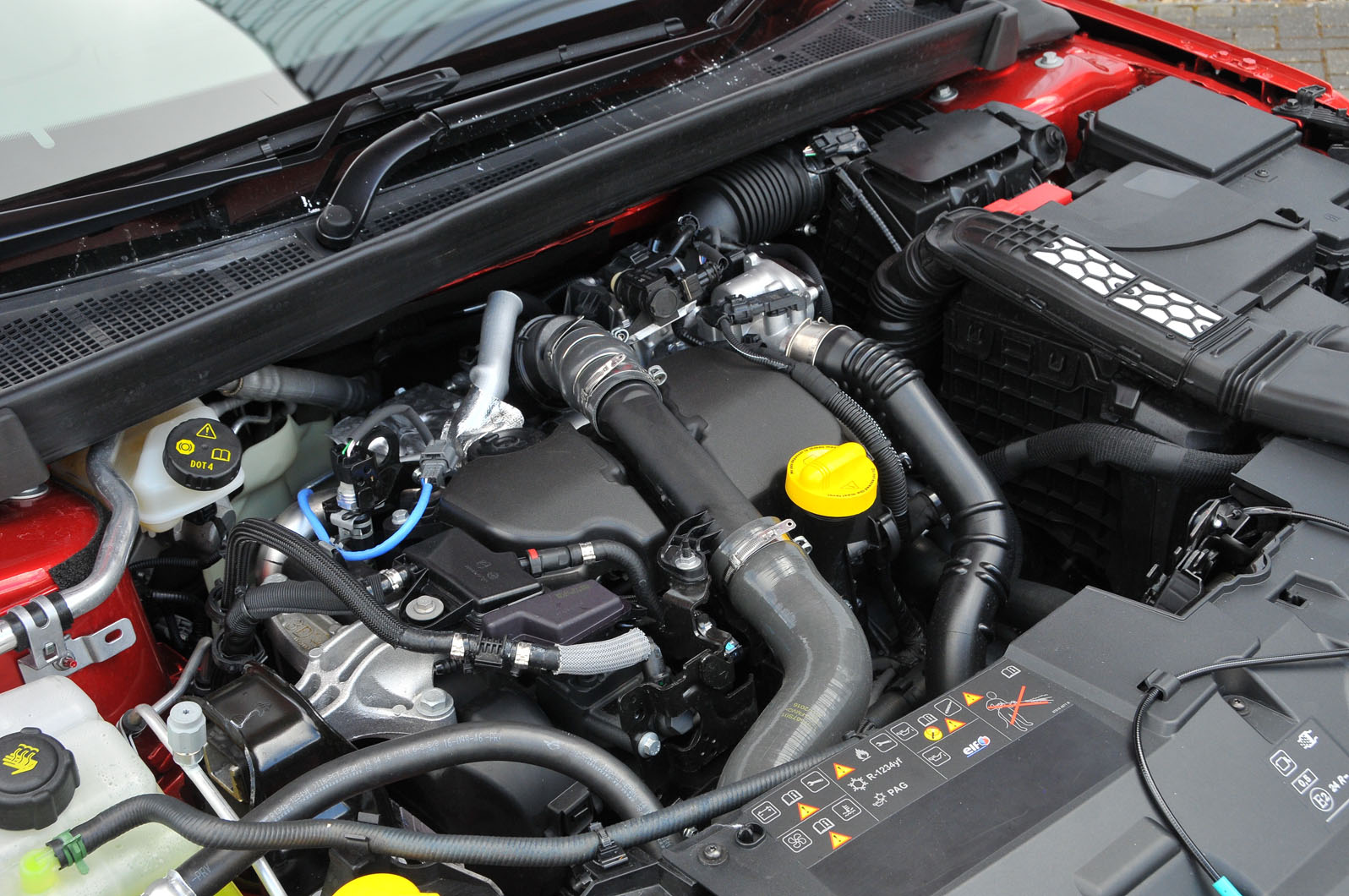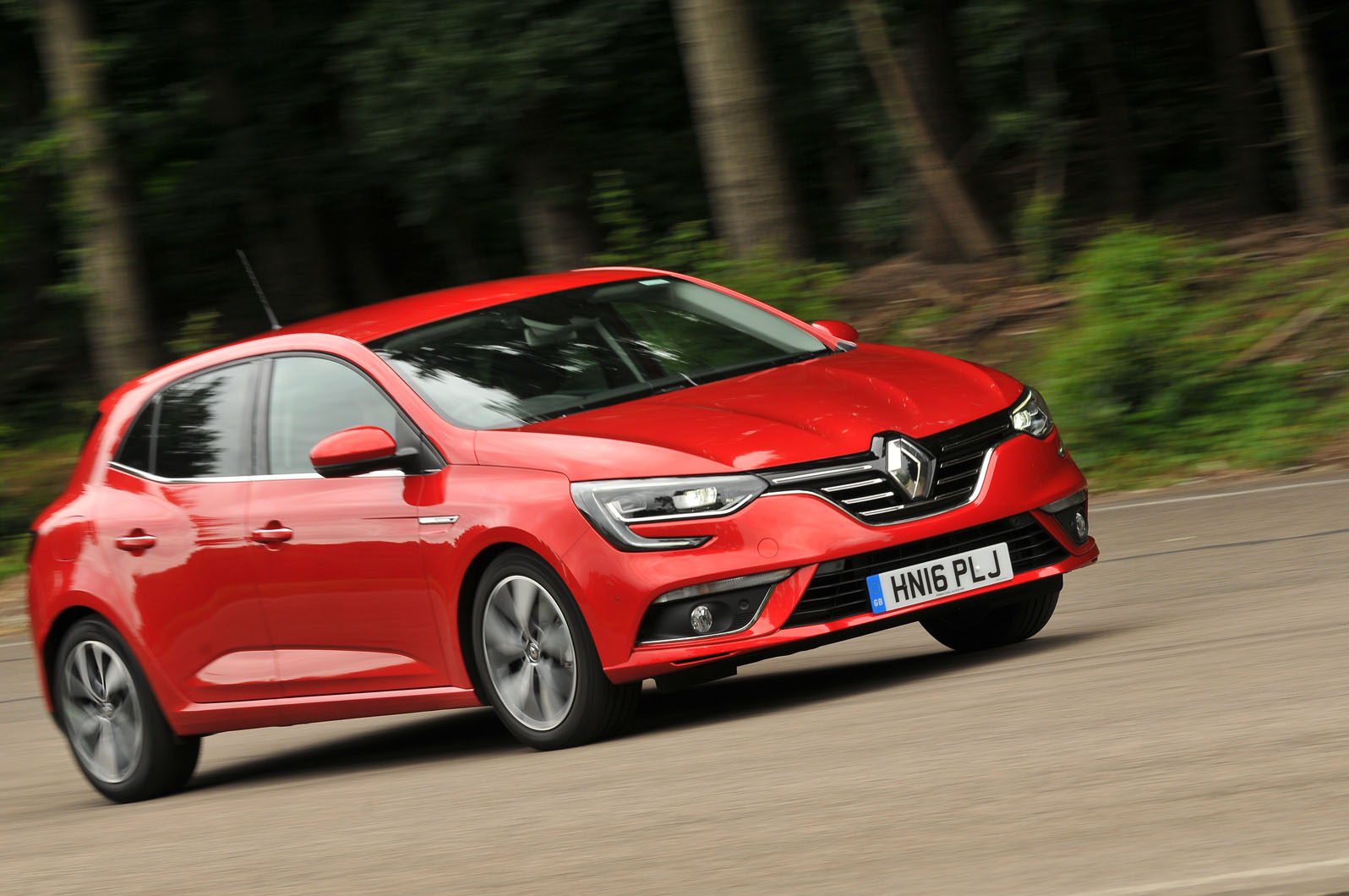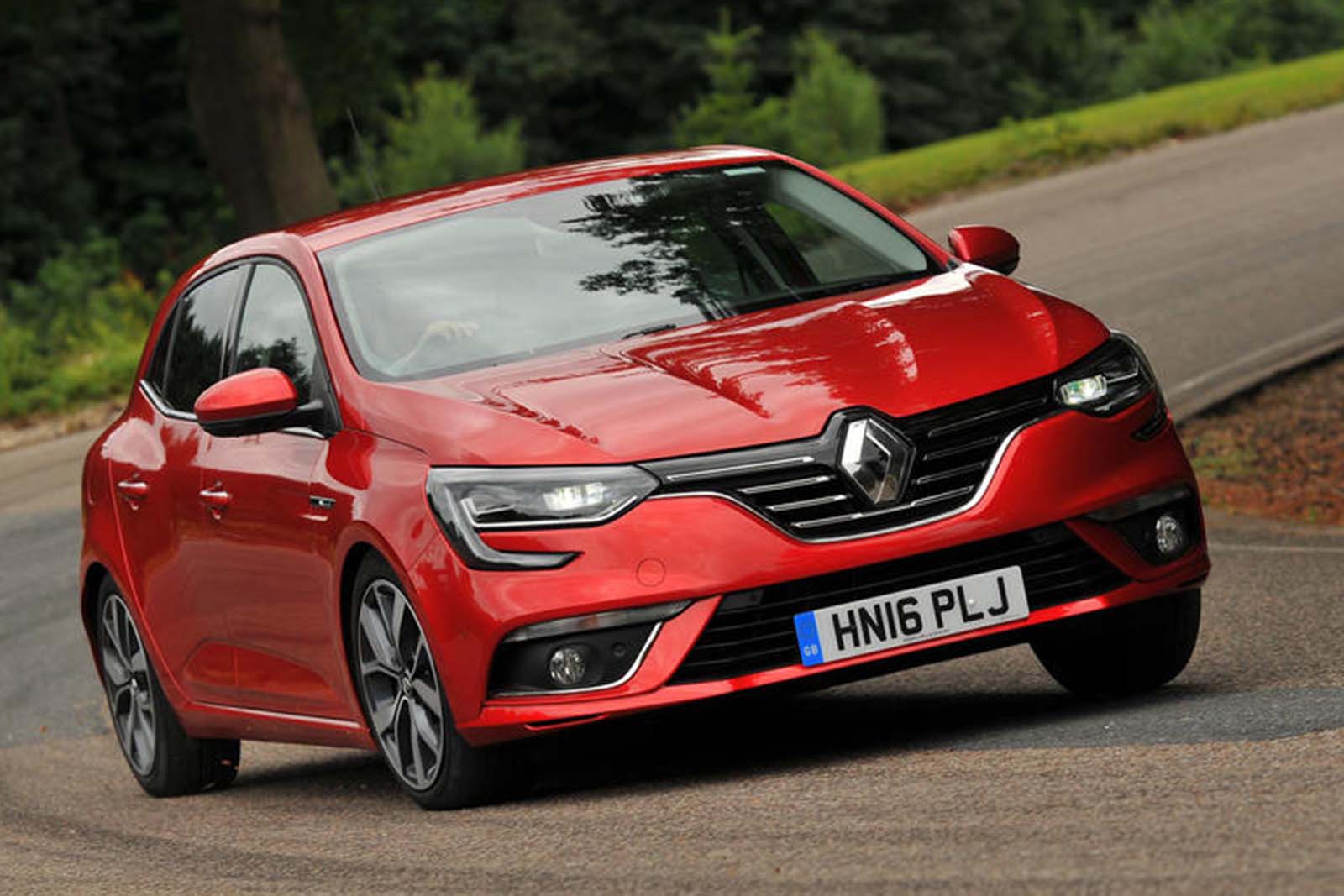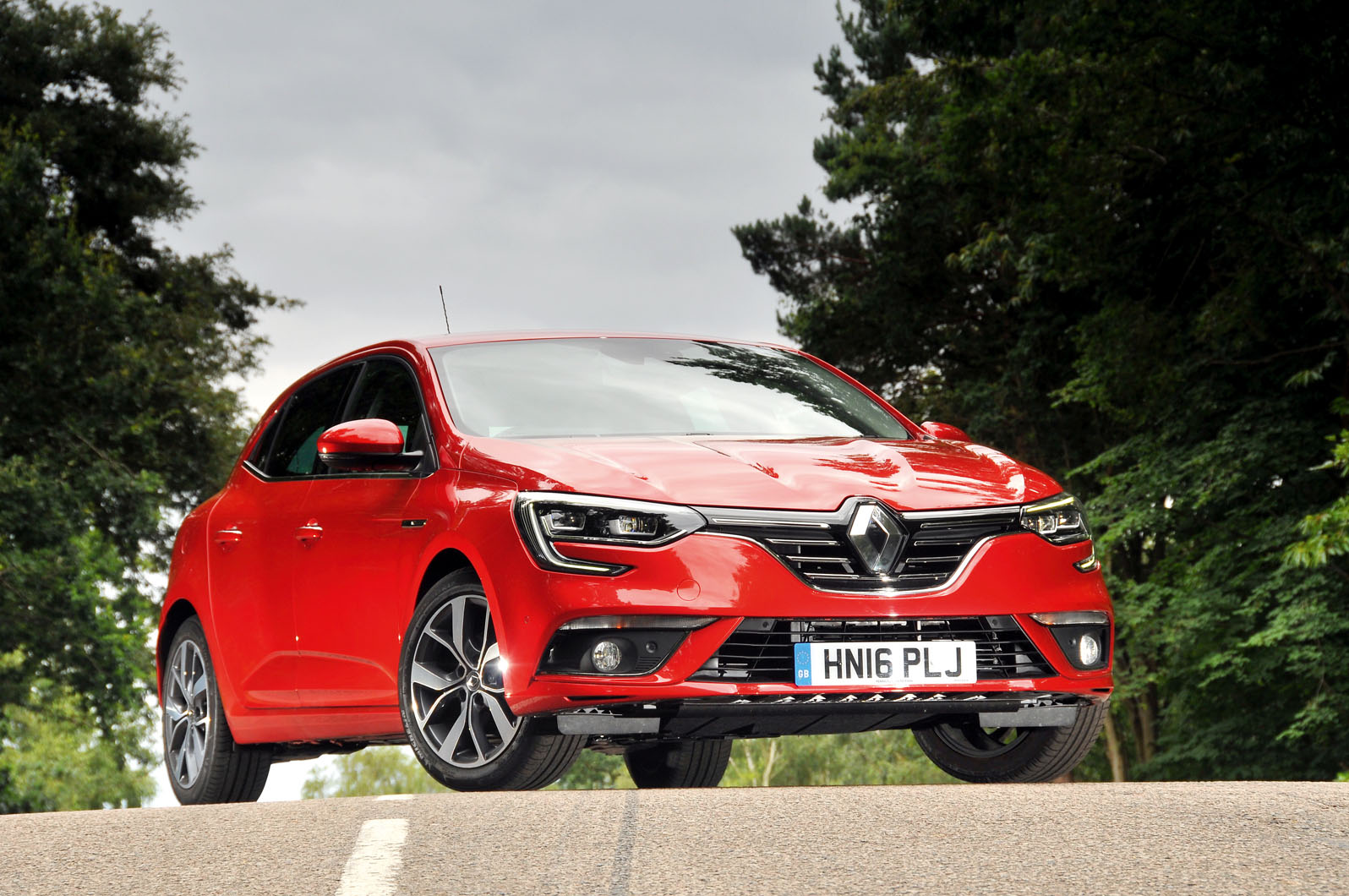From its launch as long ago as 1995, the Renault Mégane five-door hatchback fought tooth and nail with the likes of the Volkswagen Golf and Vauxhall Astra.
However, by the time the fourth generation landed in 2016, Renault’s focus was beginning to shift, and far fewer were sold than earlier generations.
It follows, then, that there are fewer examples on the used car market today than there are Golfs and Astras. Of course, that only makes the pleasure of finding a good Mégane sweeter still – not that the model needs much help there.
The fact is that the Mk4 Mégane ticks a lot of the most important boxes for used car buyers.
It is great value for money, with an approved used 40,000-mile, 2020-reg 1.3 TCe petrol costing only around £11,500; it’s attractive both inside and out; it’s solidly built; some versions are extremely well equipped; and non-GT versions, at least, ride very comfortably.
It’s a heavy car, but even the entry-level 1.2 TCe 130 petrol manages 0-62mph in just a little over 10sec in both its manual and automatic forms. However, we would aim for the later 1.3 TCe 140, which shaves a second off that time.
The 1.6 TCe 205 EDC is the warm offering. Although available only as an automatic, it zips to 62mph in just over 7.0sec. It has an impressive specification, including four-wheel steering and an engine breathed on by Renault Sport. It’s rare but worth having a steer of.
Late in the Mégane’s life, the 1.6 E-Tech plug-in hybrid arrived, touting 158bhp. We liked its blend of smooth power with a comfy ride, and its 30 miles of electric-only range offers ultra-low running costs for those who don’t do long journeys and can charge at home.



